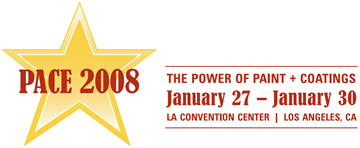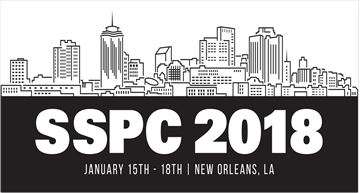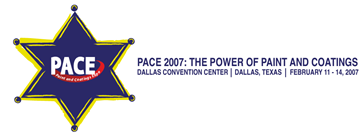Search
Individual Conference Papers
View as
Sort by
Display
per page
Powder Coating - Contract Metal Finishing; How to Avoid Premature Coating Failures
Product Number:
41208-406-SG
Publication Date:
2008
$20.00
Power Tool Cleaned Surfaces New Insights into Surface Profile Measurement
Product Number:
51218-166-SG
Publication Date:
2018
$20.00
Practical Application Of AI To Transform Pipeline Integrity Management
Product Number:
51323-19039-SG
Publication Date:
2023
$20.00
Practical Application of Coating Systems in Wastewater Treatment Facilities
Product Number:
41206-232-SG
Publication Date:
2006
$20.00
Practical Application of Lifecycle Costing of Coating Systems – Effectively Using Forecasted Service Life and Cost Consideration Data
Product Number:
51323-19210-SG
Publication Date:
2023
$20.00
Practical Coating Thickness Measurement Overview
Product Number:
41213-765-SG
Publication Date:
2013
$20.00
Practical Considerations For The Assessment Of HTHA Risk
Product Number:
51323-19187-SG
Publication Date:
2023
$20.00
Practical Considerations for the Life Cycle Evaluation of Zinc Rich Coatings Galvanized Steel and Thermal Sprayed Metals for Industrial Structures in Moderate Environmental Exposures
Product Number:
41207-339-SG
Publication Date:
2007
$20.00
Practical Galvanic Series for Improved Materials Selection in Sweet Systems
Product Number:
51319-12855-SG
Publication Date:
2019
$20.00
Practical Uncertainty Propagation in Corrosion Growth Estimation from Successive In-Line Inspections
Product Number:
51321-16421-SG
Publication Date:
2021
$20.00












